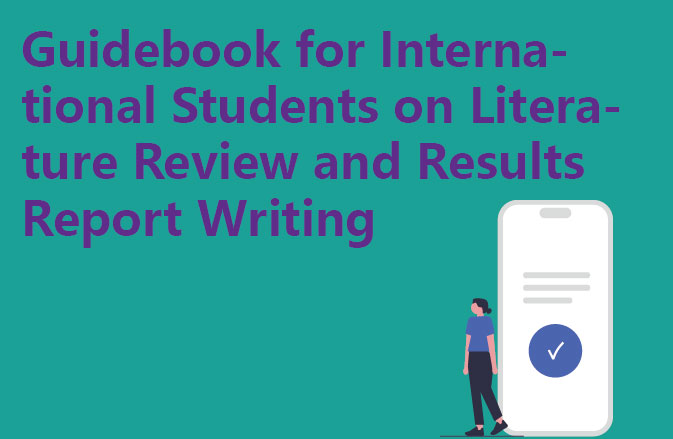In academic research, Literature Review (LR) and Findings Report (Finding) are crucial aspects that have a great impact on the smooth running of the research. This article will start from these two perspectives to give you a comprehensive guide to help you in your academic research!
I. Literature Review (LR)
[Step 1] Identify a baseline literature base
Firstly, you need to gather relevant literature to read and analyse based on the topic you are going to research. This includes published research papers, academic monographs, and the research results of other peers. At the same time, you need to make sure that the literature you select is highly relevant to the research topic so that it can facilitate your critical assessment later.
Step 2] Critically evaluate the existing literature
Next, you need to conduct an in-depth analysis of the literature you have collected. This includes a thorough and detailed assessment of the current state of the literature, trends, and problems. In this way, you will be able to better understand the research dynamics in the field and identify potential research gaps to provide strong support for your research.
【Step 3】Demonstrate the value of your research
After completing the above steps, you want to show your readers that you have done sufficient research in this area. Therefore, you should avoid simply listing definitions, but dig deeper into the information in the literature to prove that your research has important theoretical and practical value.
Second, the results of the report (Finding)
Step 1] Define the research methodology
When writing your results report, you need to elaborate on your research methodology and how the data were obtained. This includes the research design, sample selection, data collection tools and data processing methods. At the same time, you have to explain why you chose this research method and what advantages it has over other methods.
【Step 2】Present the results of the study
After getting the research data, you have to analyse the data in depth and present the results clearly to the reader. This includes statistical analysis of the data, charting and graphing, and textual presentation. In addition, you have to make a reasonable interpretation of the research results to reveal the meaning and value behind them.
[Step 3] Summarise the limitations of the study
In the last part of the report, you have to make a comprehensive evaluation of the research methodology and results, and point out the possible limitations. This helps to enhance the credibility and practicality of the study, as well as providing useful references for future research.
III. Conclusion
[Step 1] Summarise the research findings
In the conclusion section, you review and summarise the whole research process. This includes the purpose, objectives, research methodology, findings and limitations of the study. In this way, you will be able to make your readers understand your research results more clearly and gain insights from them.
[Step 2] Looking ahead to the future of the research
In addition, you have to look forward to the development trend and application prospect of this field. This helps to stimulate the reader’s interest and also points out the direction for further research in this field.




